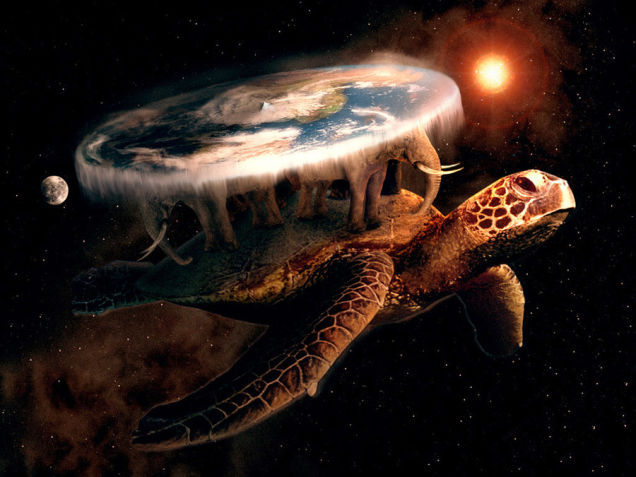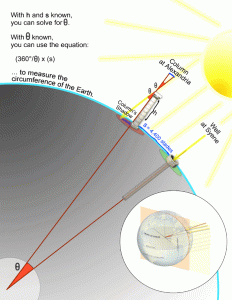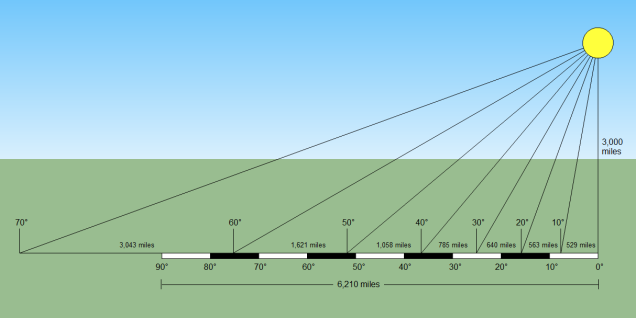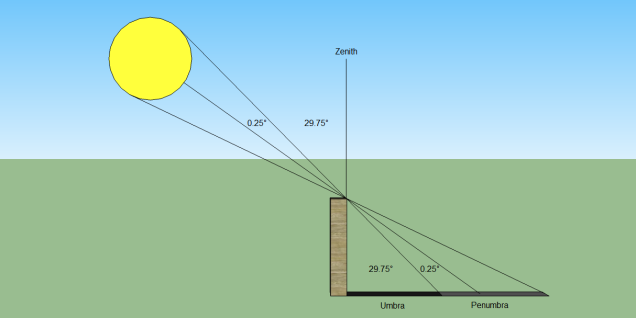 In this publishing, I will focus on Green parties and environmentalism, and how green parties get environmental protection wrong.
In this publishing, I will focus on Green parties and environmentalism, and how green parties get environmental protection wrong.
What are Green parties?
Wikipedia defines Green parties as a”Formally organized political party based on the principles of green politics, such as social justice, environmentalism and nonviolence.”
Green parties are found all over the world. Here’s a list of green parties from around the world. The world’s first Green parties began appearing in the early 70s in Germany and Australia. The German Green party was the first Green party to achieve national prominence in their respective country. One of their key pillars was their opposition to nuclear energy.
Green parties and environmental protection
Green parties are primarily concerned in theory with protecting the environment and environmental conservation. That in its own regard is a good cause. The issue lies with how Green parties go about trying to protect the environment.
Green parties are anti-science on nuclear energy
The UK Green Party wants to phase out fossil-fuel based energy generation and nuclear power. Jill stein, the US Green Party’s candidate for president wants to phase out nuclear power and end nuclear subsidies. Moreover, Stein has compared nuclear power plants with weapons of mass destruction on more than one occasion.
In this instance, the UK & US Green Parties are wrong on nuclear energy. Nuclear energy is safe, reliable and clean.
The evidence over six decades shows that nuclear power is a safe means of generating electricity. The risk of accidents in nuclear power plants is low and declining. The consequences of an accident or terrorist attack are minimal compared with other commonly accepted risks. Radiological effects on people of any radioactive releases can be avoided.
Not only that, but nuclear power is the most reliable source of energy in use today and produces the least carbon emissions, even less than solar power.
65% of scientists support building more nuclear power plants as opposed to 35% who aren’t sure or don’t support the building of more nuclear power plants.
Green Parties go against the established scientific evidence, and oppose nuclear energy, which is the most reliable way forward for green energy.
Green Parties and GMOs
GMOs have been established as a safe and very promising technology. Fears about GMOs are completely unwarranted, and go against the established scientific consensus. GMOs may provide the solution to nutrient deficiencies as well as food supply problems in poorer countries. They can be engineered to grow in unfavorable climates as well as be engineered to contain more nutrients, such as beta carotene, a precursor to Vitamin A in golden rice. Moreover, GMOs can be engineered to produce biofuels, which can be a great way to combat carbon emissions produced by cars, the second largest producer of carbon emissions.
The UK Green Party opposes GMOs, and supports placing a moratorium on them, as well as restrict research on GMOs. Here’s Jill Stein’s take:
Not only is her information on GMOs completely wrong, but she also uses biased sources such as Organic Consumers Union and Union of Concerned Scientists as sources, both of which are incredibly dishonest and have their own agendas to push. The Organic Consumers Union for instance wants to spread the sale of organic food, and so have an obvious benefit in scaring people from buying GMOs.
The Canadian Green Party wants to ban GMOs and stop ANY research done on them. This is the very first paragraph from the CGP’s page on GE organisms:
Genetically engineered (GE) organisms may pose a potentially serious threat to human health and the health of natural ecosystems. Many Canadians want to follow the example of the European Union and ban GE crops. At a minimum, GE products must be labeled, giving consumers the right to know and to say no to GE foods.
Paranoia and fear of GMOs and opposition to them won’t be of any use. GMOs are tested very thoroughly and have huge potential in reducing carbon emissions. Yet again, the stances held by Green parties are not so green.
Alternative Medicine
The GPUS supports alternative medicine:
Greens support a wide range of health care services, not just traditional medicine, which too often emphasizes “a medical arms race” that relies upon high-tech intervention, surgical techniques and costly pharmaceuticals. Chronic conditions are often best cured by alternative medicine. We support the teaching, funding and practice of holistic health approaches and, as appropriate, the use of complementary and alternative therapies such as herbal medicines, homeopathy, naturopathy, traditional Chinese medicine and other healing approaches.
Other Woo:
Stein’s infamous rambling about how WiFi can damage children’s minds as well as people having “questions about vaccines” and her claims that the agencies that work on insuring vaccines are safe and reliable are “influenced by pharmaceutical companies” is the final straw in her scientific credibility.
To conclude:
Green parties and green politics support very noble causes in trying to counteract climate change and work towards protection and conservation. However, Green parties simply don’t follow the science when doing this.
Green parties are just simply not so green.

























